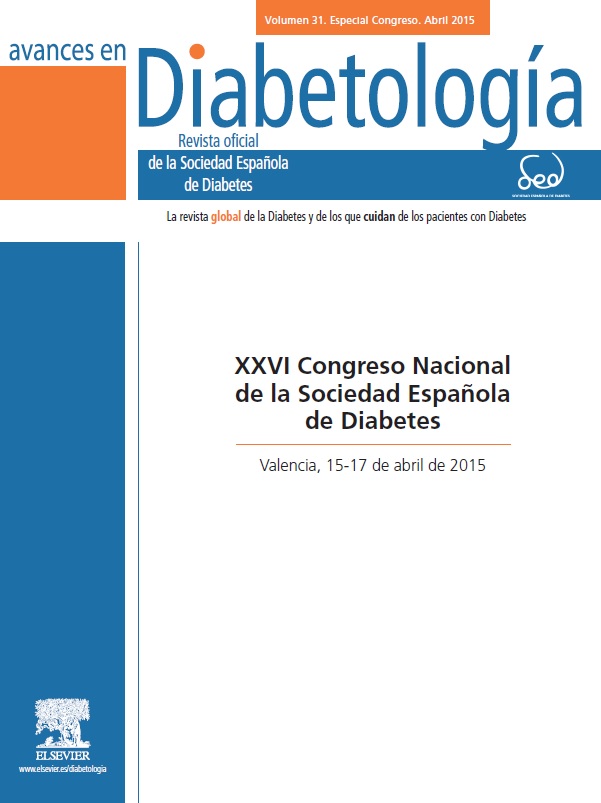O-009. - Smaller and 'Herniated' HDL in patients with type 2 diabetes mellitus
aUniversitat Rovira i Virgili. Reus. bBiosfer Teslab. Reus. cHospital Universitari Sant Joan. Reus.
Introduction and objectives: Concerns have recently been raised regarding the use of the amount of HDL cholesterol (HDL-C) to predict cardiovascular events. Current studies have shown that pharmacologically increasing HDL-C does not necessarily translate into a clinical benefit for patients, as opposed to when it happens physiologically. Thus, the search for new suitable biomarkers such as the number of particles, the ratio between large and small particles or their cholesterol efflux capacity continues. In the present study, we hypothesized that the lipid distribution within lipoprotein particles modulated by their size, modifies their functionality, which is compromised in metabolic disorders with abnormal lipoprotein particle sizes such as type 2 diabetes mellitus (DM2). We used a new approach to characterize the HDL fraction of 26 controls and 29 DM2 patients before and after two different interventions with niacin and fenofibrates, respectively.
Material and methods: By using NMR spectroscopy combined by a biochemical volumetric model we obtained the size, the balance of large, medium and small particles and their spatial lipid distribution. Additionally, we performed atomic force microscopy and fluorescence experiments to characterize surface properties of the HDL particles.
Results: Our results showed an abnormal lipid distribution within smaller HDL particles, accentuated in the DM2 group, which presented a higher concentration of the small HDL subclass. The reduction in particle size forced cholesterol and triglycerides to emerge from the lipoprotein core to the surface changing their polarity. None of the treatments reversed this pathological condition although they raised HDL-C levels and diminished the concentration of triglycerides.
Conclusions: The core lipids that are located at the surface modify the polarity of the lipoprotein surface and may explain the dysfunctional behavior of the pathological group before and after the pharmacological interventions.




